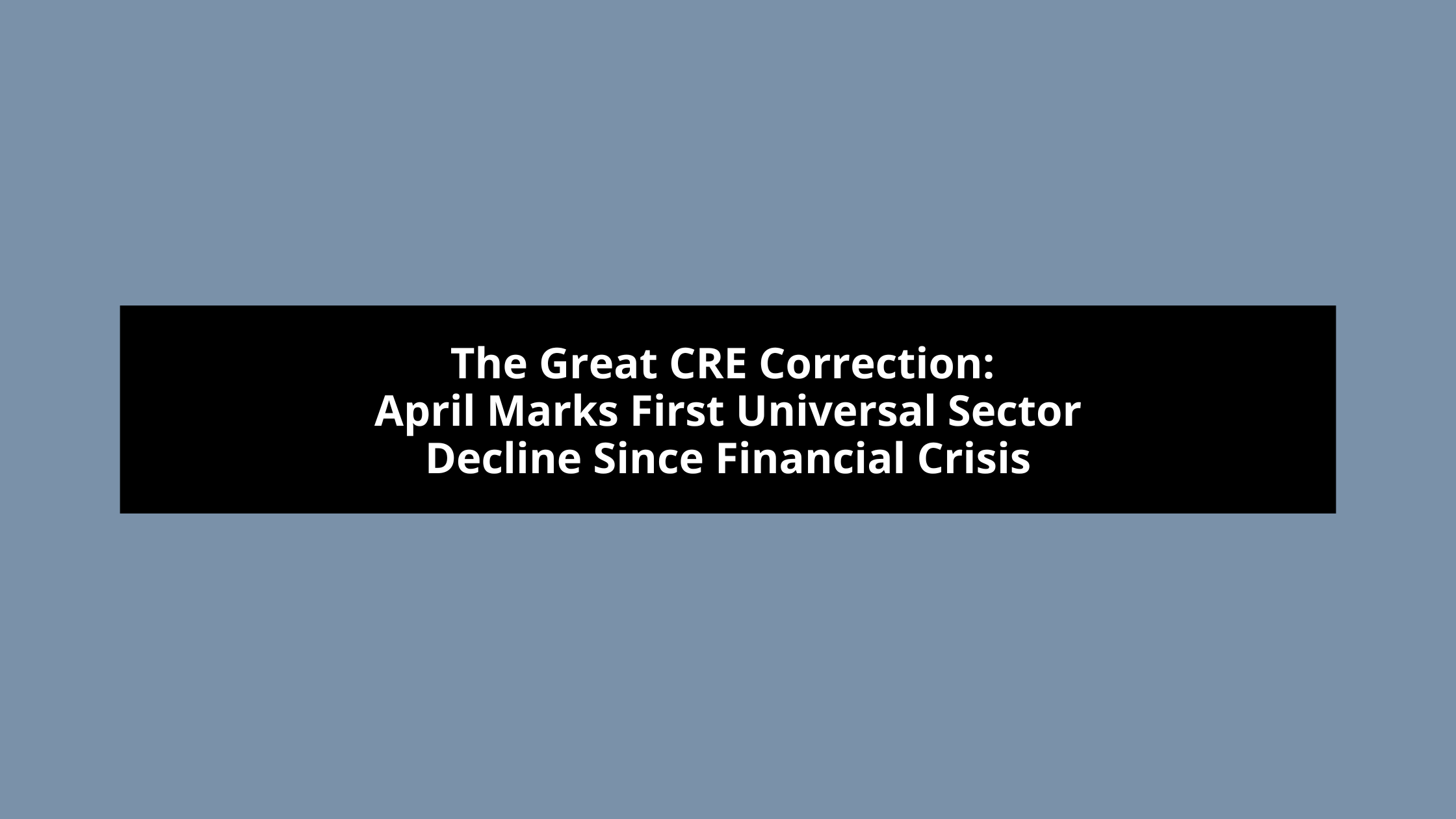The Credit Squeeze: What Falling Loan Demand Means for Commercial Real Estate
Recent Federal Reserve data reveals a significant cooling in loan demand across commercial sectors, presenting both challenges and opportunities for real estate investors and developers. The latest Fed survey paints a picture of cautious lenders and hesitant borrowers, even as rate cuts aim to stimulate market activity.
Commercial lending saw particularly sharp declines, with demand from large and medium-sized businesses falling to -21.3% (net share of banks reporting stronger demand), while small business demand dropped to -18.6%. This dramatic shift from the previous quarter’s neutral position signals a fundamental change in borrower sentiment that CRE professionals need to understand.
For the commercial real estate sector, this trend manifests in multiple ways. Banks are tightening their terms, especially for commercial real estate loans, reflecting broader economic uncertainties. This conservative stance means developers and investors may face:
- More stringent underwriting requirements
- Higher equity requirements
- Increased scrutiny of project feasibility
- Greater emphasis on borrower track record and financial strength
Despite the Fed’s recent rate cut to 4.50-4.75%, the anticipated surge in borrowing hasn’t materialized. This disconnect between monetary policy and market behavior suggests deeper structural factors at play, beyond just the cost of capital.
What This Means for CRE Stakeholders:
Developers: The current environment demands more creative approaches to project financing. Consider:
– Alternative funding sources, including private equity and debt funds
– Joint venture partnerships to strengthen equity positions
– Phased development approaches to manage risk
Investors: While challenging, this environment creates opportunities for well-capitalized players:
– Potential for better terms on high-quality assets
– Increased leverage in negotiations with motivated sellers
– Opportunities in distressed assets as some owners face refinancing challenges
Lenders: Banks need to balance risk management with market opportunity:
– Focus on relationship lending with proven operators
– Enhanced due diligence on project fundamentals
– Creative structuring to mitigate risk while maintaining competitiveness
Legal Considerations: Attorneys should prepare clients for:
– More complex loan documentation
– Enhanced scrutiny of guarantees and collateral
– Potential workout scenarios for troubled assets
- Looking ahead, industry expert suggests banks are “slowly turning the corner” on lending, but broad credit easing remains distant. The combination of persistent inflation concerns and higher market-based rates could limit the impact of Fed policy on credit availability.
- For commercial real estate professionals, this environment demands a strategic approach: strong relationships with multiple capital sources, robust project fundamentals, and careful attention to market dynamics. Those who can navigate these challenges while maintaining financial flexibility will be best positioned to capitalize on opportunities as they emerge.
The key takeaway? While credit markets are tightening, opportunities still exist for well-prepared, strategic players in the commercial real estate sector. Success will depend on understanding these new market dynamics and adapting investment and development strategies accordingly.
Contact Myles Lichtenberg, Esq. at MylesTitle to learn more.


